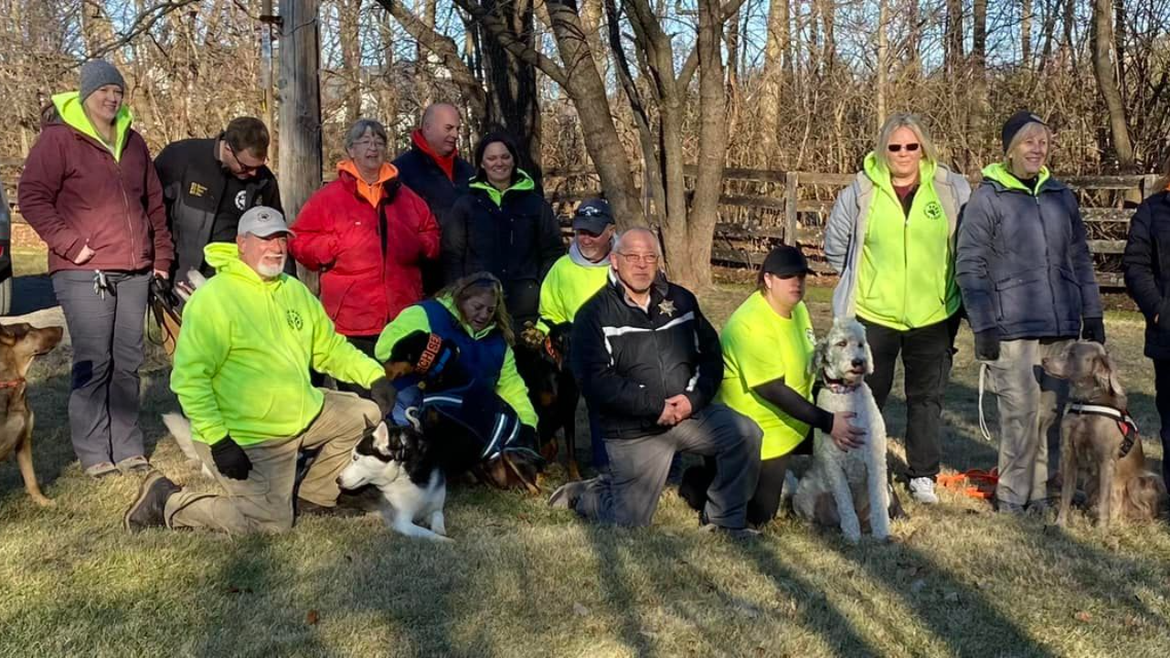K9s have been used in a recent attempt to identify some of the many victims of serial killer Herb Baumeister's crimes.
Indiana canines have been sent out to search the grounds of an infamous serial killer's home in hopes to identify more of his victims and bring closure to their families.
In a renewed effort led by the Hamilton County Coroner's Office, on Dec. 4, K9s searched the scene of Fox Hollow Farms, the past residence of Indiana serial killer, Herb Baumeister, said Chief Deputy and Coroner-elect Jeff Jellison in a Facebook post.
“Nearly 26 years ago approximately 10,000 bones and bone fragments were recovered from this property,” said Jellison. “These remains represent people that were tragically killed in one of Indiana’s most horrific serial murders.”
This most recent search with the use of K9s is an attempt to identify some of the many victims of Baumeister’s crimes, said Jellison.
The dogs are helping investigators identify areas that may have human remains, which they will flag and will then go back and further investigate, according to WTHR.
The coroner’s office is also asking for DNA samples from anyone that may have male relatives that disappeared around the same time that the murders occurred, in an attempt to help with the identification process of the victims, according to the Associated Press.
Baumeister was a husband, father of three, a businessman, and a serial killer in Westfield, Indiana, according to WRTV. He would pick up his victims in a gay bar then bring them to his home, where he would murder them and then dispose of their bodies on his farm, reported the news site.
Baumeister later shot and killed himself in Canada on July 3, 1995 before her could be arrested for his crimes, reported WRTV.
Of the at least 25 suspected victims, only eight have been identified from the 10,000 bone fragments since 1996, reported WTHR. The new owner of the farm still finds remains periodically and brings them to the University of Indianapolis, to join the thousands of fragments awaiting identification, said the news site.
"These are missing people. These remains represent people. They represent someone's family member," said Jellison, according to WTHR. "And, if we can recover additional remains, work to identify those remains, and then get some closure for some family members that don't know what happened to their loved one."






